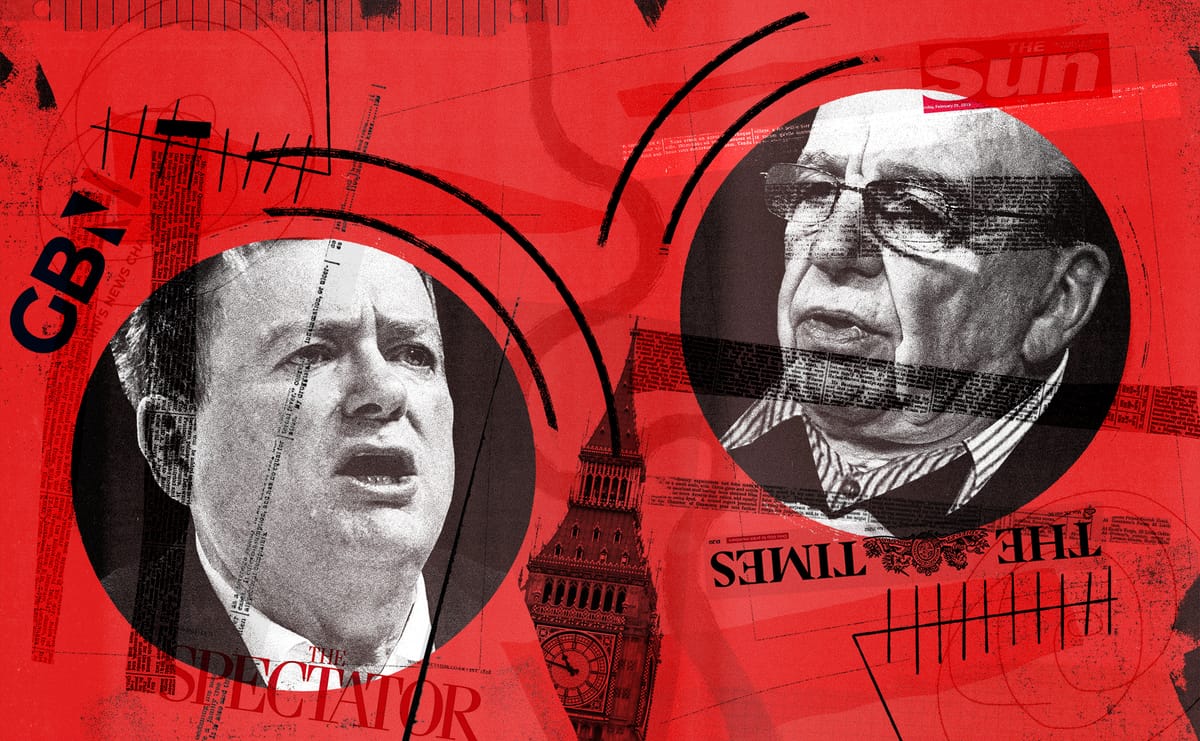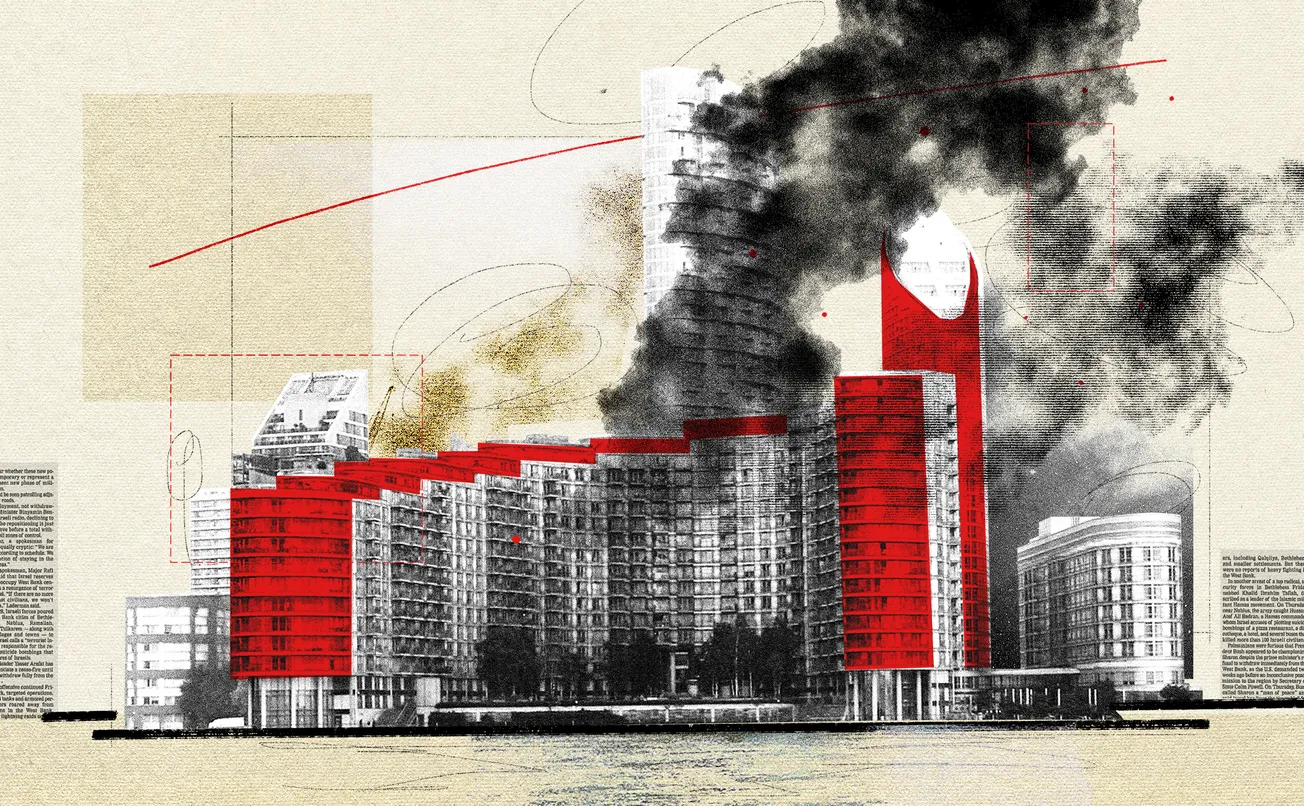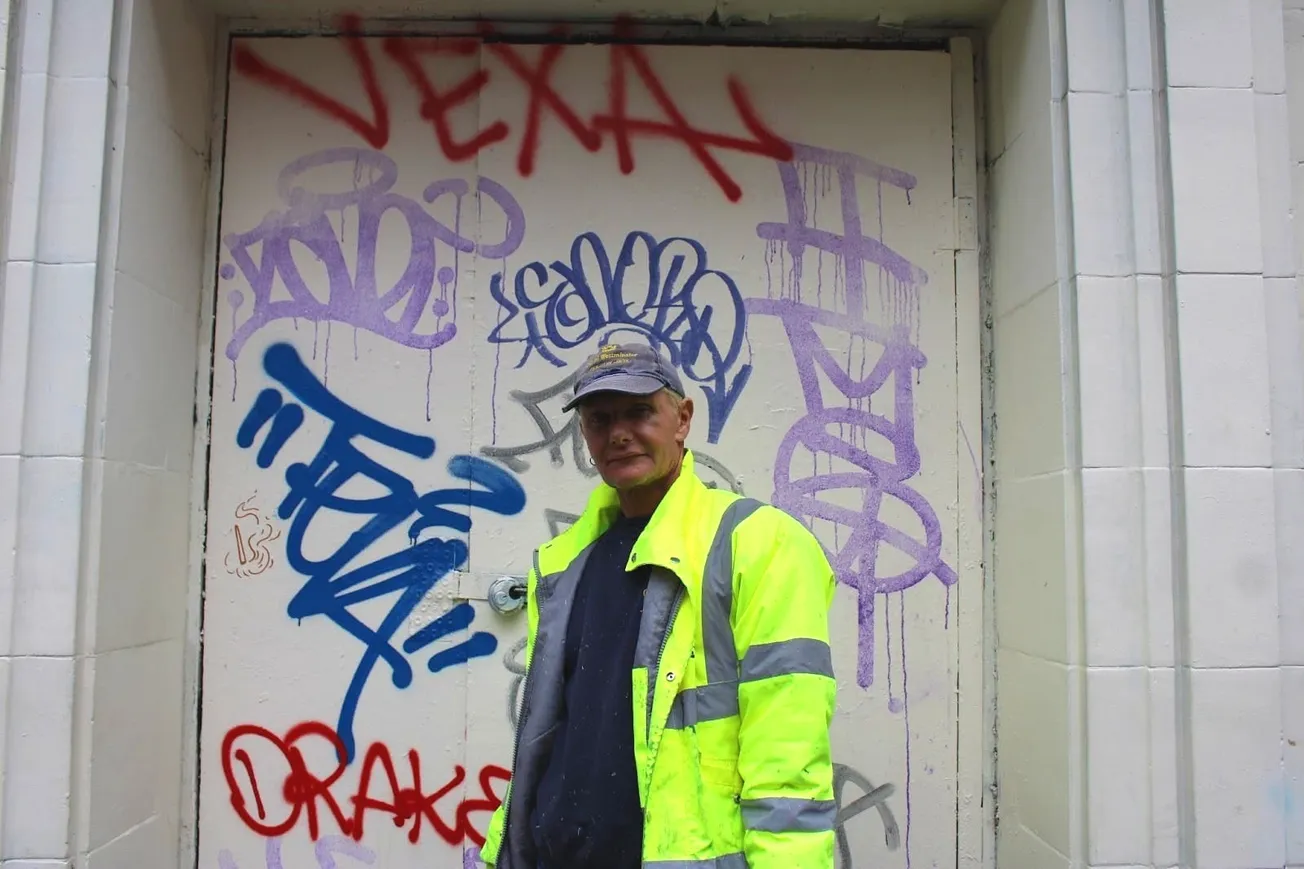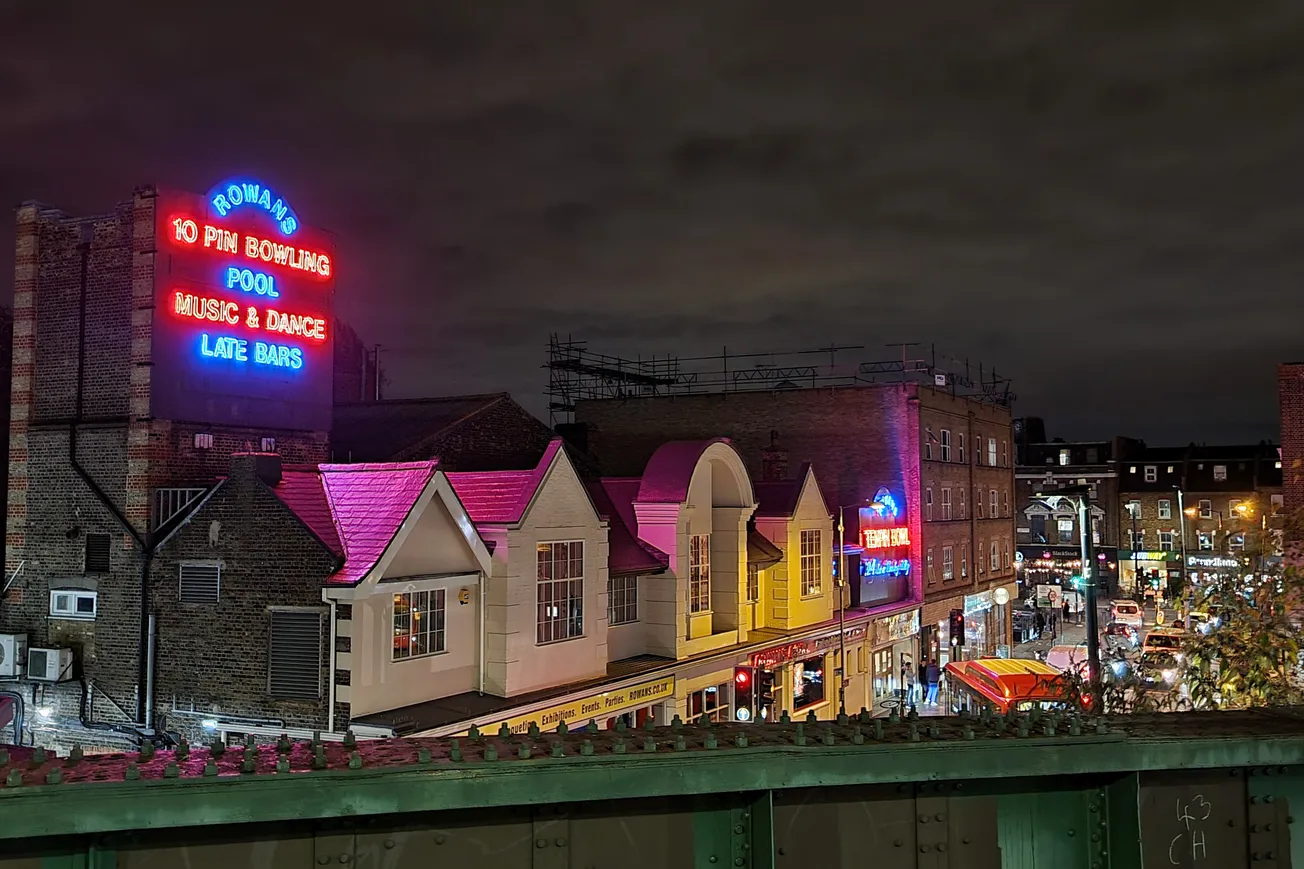This article was published by The Londoner: a new newsletter covering the capital. Join our free mailing list below to get great writing and big scoops in your inbox.
New Providence Wharf is like a lot of modern luxury; unassuming, quiet. As you walk east from Canary Wharf, the development looms on the horizon, one of the only noticeable parts of the skyline that isn’t a construction site. Its residents pay thousands of pounds a year in fees to access its luxury facilities: a concierge, swimming pool, gym, even a valet-staffed automated car parking system. It’s one of those few places that feels insulated from the problems of the outside world. But behind the luxury of the multi-million pound penthouses and its unobstructed Thames-side views across to the O2 Arena, something strange is happening.
Over the last four years, there have been three serious fires at New Providence Wharf. One was so bad it was said to be “minutes” away from becoming the next Grenfell. For context, last year there were fewer than 300 fires in London in high-rise units like those in New Providence Wharf. Given the development has just 1,535 flats, it’s an unusual coincidence to have had three fires in such a short span of time. So what’s going on? And what is it like to live in a development where fires have become an almost yearly occurrence?
Representatives for Ballymore, the building’s developer, stressed to The Londoner that it had met “all legal responsibilities” for building safety at the block.
‘Who doesn’t want a Thames river view, a second bedroom and a balcony’
Natalie Carter remembers arriving at New Providence Wharf in September 2015; it was “the best thing in the world”. The way she saw it, she had worked hard, made a bit of money and now could own her “dream apartment”. “Who doesn’t want a Thames river view, a second bedroom and a balcony?,” as she puts it. Not to mention the luxury facilities for all its residents. To understand the kind of development this is, look to the website of its tenants association, which is helpfully translated into Mandarin; it’s a luxury block that pulls in wealthy property investors and expats from around the globe.
It wasn’t long before things changed. On 14 June 2017, a small electrical fire in a fourth-floor flat in Grenfell Tower in West London turned into an inferno that left 72 people dead, the deadliest structural fire in the UK since 1988. But as the flames petered out in Notting Hill, a thought started to crystallise in the minds of Carter and other New Providence Wharf residents. Like so many tens of thousands of apartment residents in this country a question was flickering in the back of their minds: what if we’re next?
Soon they’d got the answer they had feared. It was confirmed their block contained Aluminium Composite Material (ACM) cladding, the flammable external insulation that had turned the Grenfell fire into a once-in-a-century inferno.
The cost of removing it, it turned out, would be around £12mn. But the situation was chaotic; these were the early days before the government had promised to help meet any of the costs for remediating dangerous cladding. There were little to no legal frameworks to stop developers and building owners from passing costs onto the leaseholders whose homes, unbeknownst to them when they moved in, were now unsafe. That same fight played out at New Providence Wharf, with Ballymore repeatedly refusing to foot the cost of remediation, even after the government eventually pledged £8mn.
By May 2021, remediation works still hadn’t started. In a meeting with leaseholders on the 4th May about the plans for the works, the developer made clear that it would foot no more than £500,000 of costs. “We were people who had been living in fear about this flammable cladding becoming a repeat of Grenfell,” Carter, a member of the New Providence Wharf leaseholders and residents association, tells me. “And now despite government money we’d have to cover a multimillion pound bill anyway.”
It was only days later that the worst happened.
The first fire
It was the early morning of 7th May 2021. Carter was absentmindedly sitting in the middle of a planning meeting on Teams, when she happened to glance down at her phone. Her WhatsApp had suddenly been filled with messages.
“I opened it up, and it was just a series of messages saying: Fire, fire, fire, get out, get out now,” she recalls. “And that's how I found out about the fire. There was no fire alarm. No one had come knocking on our doors.”
(Ballymore’s representatives told us that its fire safety strategies have “evolved over time” and that “each building at NPW is divided into multiple alarm and evacuation zones” that are “alerted to fire events differently”.)
She interrupted the call with a hurried apology about a fire, then grabbed her phone and a jacket and sprinted out of the building. She would be stuck outside for the next nine hours. “When I got outside, I could see the fire raging on the balcony of the block,” she recalls. “It wasn't really until I got there that I saw how aggressive the fire was… It was absolutely terrifying.” The main building of New Providence Wharf is a towering horseshoe shaped structure surrounding a central garden. It’s separated into different sections, or blocks; the fire was in Block D, just two sections over from her flat.
By the time the fire department arrived, acrid black smoke had started to fill the corridors and stairwell of the block. Those who fled were coughing uncontrollably as they stumbled through, barely able to see. Despite an evacuation order, many residents were still trapped in the building.
On the lawns and pavements outside, the growing crowd of displaced residents, some of them in their pyjamas and slippers, milled around aimlessly, exchanging stories about what had happened in Block D; stories that would soon be making headlines. On the eighth floor, Mariam Chaudhary and her flatmate were sheltering on her balcony as the smoke stung their eyes and filled their flat. Eventually a firefighter emerged from the fumes and handed them breathing masks and said that he would return to help them evacuate. As the minutes passed, she wondered if she should call her parents to say goodbye. Another resident had a toddler and two newborn twins, who all needed to be carried out of the building, Carter tells me. “Her husband has already gone to work, and she couldn't carry all three. She was in Block D and the stairwell was filling with smoke. Everyone was panicking and running,” Carter says. “At one point she was asking: ‘Who should I take first? Do I have to leave someone behind?’.”
Eventually the woman found another evacuating neighbour to help ferry her kids through the toxic fumes of the corridor. And 20 agonising minutes later, firefighters returned to escort Chaudhary and her flatmate from the building. All in all some 125 firefighters were needed to control the fire. No-one died, but two residents were hospitalised and many more lost their homes and were stuck living in hotels for months.
The fire brigade’s 65-page investigation into the disaster is sobering in its uncharacteristically direct language. None of the building’s interiors were “behaving as they should” as the fire spread much faster than expected from its 8th floor ignition point across the 9th, 10th and 11th floors. The fire’s rapid spread wasn’t the result of the flammable cladding on its outside, but its timber balconies and the catastrophic failure of multiple vital “fire safety measures” in the building. In particular the Automatic Opening Vent, a system designed to pull smoke out of the building through pipes to the roof, instead acted like a “broken chimney” that funnelled fumes into the block's corridors and only staircase, according to the fire brigade’s deputy commissioner. A cladding expert who reviewed footage of the fire for the Sunday Times later suggested it was “minutes from” being another Grenfell-style disaster.

The debate over the building’s cladding made national headlines. Residents wrote letters to local politicians begging for help, including an eight-year old, whose scrawled pencil-written plea to then Prime Minister Boris Johnson asked him to “promise you’re going to help”. The building was even talked about in parliament. The day after the fire, Ballymore held a meeting with then Housing Secretary Robert Jenrick in which he pushed Ballymore to both begin works and to “reconsider its plans to pass any costs at all on to leaseholders and residents”. On the 18th May, 11 days after the fire, Ballymore announced a new £20mn package to pay for fire safety repairs at its buildings. While it did not initially confirm if it would cover all of the outstanding remediation costs, by June it was confirmed that leaseholders in New Providence Wharf wouldn’t be footing the bill.
A letter from lawyers representing Ballymore stressed to The Londoner that “all legal responsibilities concerning fire safety remediation were met throughout the entire period” by the firm, “including with the ever-evolving regulatory and political environment”.
But the beginning of repairs meant more difficulties for New Providence Wharf residents. Carter describes how after the scaffolding went up not long after the fire, the windows of her flat, like many others in the building, were entirely covered by white plastic sheeting. As a result, she says no daylight reached her flat for six months. “It was horrific, there’s no way human beings should have no access to daylight. It’s like being…,” she trails off, searching for the words, before eventually saying, “it’s like depression all the time, you just feel so lethargic.” In February 2022, MP Ian Byrne read out in a House of Commons committee an email from another NPW resident who said as a result of the removal of cladding their flat couldn’t be heated beyond 12 degrees.
The repair works, expected to be finished by May 2022, dragged on. Residents only received their EWS1 certificates — a type of fire safety assurance that proves that all flammable cladding has been fully removed — a few weeks ago, four years and two months after the fire.
Ballymore stressed that an independent report commissioned since the complaint had found that “temperature readings were not impacted significantly” and that delays to finishing remediation works was “not a matter within our client’s control” as “remediation works take time, and plainly must be done properly” and “the ever-evolving regulatory environment added to the complexities of this process”.
Sorry to interrupt, but we couldn't help but notice that you're missing out.
The Londoner is the capital's new quality newspaper, delivered via email. So if you're not on our email list, you won't get most of our stories. We don't print and we don't publish everything online, so join our free mailing list now, or join as a paying member to get all of our journalism and support our work.
Hit that button below to join up for free.
Meanwhile, as that multi-year battle raged on, the service fees for the building — money leaseholders pay to maintain and upgrade communal facilities — were shooting up. When Carter moved in she says she paid around £5,000 a year, now she says the figure is closer to £9,000, far higher than the average rate in the city. For a penthouse flat, they’re as high as £19,336 a year, according to a listing on property site Zoopla.
Ballymore say there has been “complete transparency in the budgeting process” and that average service charge budget increases, especially in high-rise buildings, have “outpaced inflation considerably”, citing on average 92% increases in building insurance costs and 73% increase in utility costs as examples.
But it’s looking on property sites where you can really tell how things have changed at the development. For a building where homes reportedly used to regularly sell for over £2mn, three bedroom penthouse suites with sprawling rooftop gardens are now listed for almost half that, for months on end with no interest.
‘You don’t want to fly a plane if it’s already crashed, but the next plane should be fine because they’ll check everything three times as much’
Sometimes you hear a fire long before you see it. Michael Waligora was in the middle of cooking pancakes when the screaming started. It was lunchtime on 26th August 2024. His kitchen window opens up to a view of the Charrington Tower, the 44-storey high-rise that is the tallest section of the New Providence Wharf development. As he looked out he spotted a mess of panicked security guards and residents sprinting around at the base of the tower. On its 25th floor, smoke was seeping out of the flat, but he couldn’t make out the fire himself.
Another resident of a neighbouring building in the development, who wanted to remain anonymous, said he only realised there was a fire when his brother said he heard a loud crack. He removed his headphones out and walked over to the window, only to see people on the ground pointing up. “As I stuck my head out the window and looked up, I just saw this pane of glass falling past,” he recounts with surprising calm. He decided to get his parents and brother out of their apartment that very second, stopping only to grab the family budgie and put it in a small box.
Waligora, who tells me he works in banking in Canary Wharf (like a majority of those I speak to living in the development), is sat staring out at the Thames eating lunch when I puncture his reverie for an interview. And as we speak he tells me something I had heard from no-one else who lives in New Providence Wharf: that he had moved in after the devastating fire in 2021 and the revelation that the building was covered in flammable cladding. The building was even surrounded by scaffolding when he arrived; he remembers the serious storms that hit east London during those early months, the rattling of the metal tubes, and the fear that it’d all come tumbling down. It never did. “You don’t want to fly a plane if it’s already crashed, but the next plane should be fine because they’ll check everything three times as much,” he says.
Unlike the first fire, the Fire Brigade’s report into the blaze is much shorter — in part because of the lack of injuries and because the fire was contained within one flat. The cause? A tossed cigarette, a surprisingly commonplace hazard, especially on wooden balconies, like those at Charrington Tower.
Just nine months later, another fire broke out in the building. This time it was back in the main new Providence Wharf building. Video of the fire at the time shows a plume of dark smoke rising above the block as bright orange flame consumes the flat’s balcony. Sasha Smith, a 37-year-old who lives in the development, says she watched from the ground as it raged; the chaos that had defined the reaction to the first two fires seemed to have dimmed.
Like the fire the year before, the damage was minimal, restricted to within one flat. And the cause, again, was attributed by the fire brigade to a discarded cigarette. When I asked them to explain some more about what caused the recent fires, and whether the number of fires at the block was surprising, officials from the LFB were non-committal, assuring me that just because there’s multiple fires at the same address they aren’t always “linked”. Maybe it was all just a coincidence.
But what struck me speaking to some of the more recent residents at New Providence Wharf is how normalised it had all become. At the most recent fire, Smith says residents all chose to congregate in a specific spot to watch the flames, or film it on their phones. Like her, Waligora spoke about the prospect of the fires with an unexpected acceptance. “People always say the grass is greener on the other side of the river,” he tells me calmly. “But, apart from the occasional fire, it’s okay living here.”
Welcome to The Londoner. We’re the capital’s new magazine, delivered entirely by email. Sign up to our mailing list and get two totally free editions of The Londoner every week: a Monday briefing, full of everything you need to know about that’s going on in the city; and an in-depth weekend piece like the one you're currently reading.
No ads, no gimmicks: just click the button below and get our unique brand of local journalism straight to your inbox.

Comments
How to comment:
If you are already a member,
click here to sign in
and leave a comment.
If you aren't a member,
sign up here
to be able to leave a comment.
To add your photo, click here to create a profile on Gravatar.







